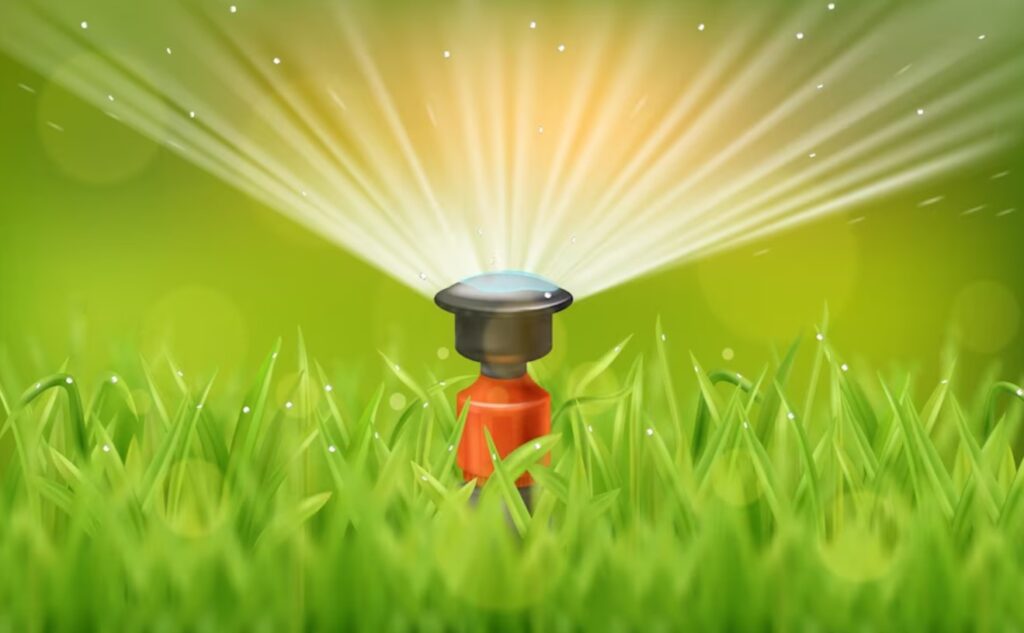Many homeowners and gardeners like yourself may find the world of irrigation systems overwhelming with its various types and costs. In this comprehensive guide, you will learn all about different types of irrigation systems, their costs, installation processes, and factors to consider when choosing the right system for your home or garden. From surface irrigation to drip systems, we will arm you with the knowledge needed to make an informed decision on how best to distribute water where it’s needed most. Let’s dive in and explore the world of irrigation and watering systems together.
Key Takeaways:
- Irrigation Systems: Distribute water where needed, from ancient furrows to modern electric systems.
- Types of Systems: Surface, manual, sprinkler, and drip irrigation offer various methods for watering plants.
- Cost Considerations: Sprinkler systems are more expensive than drip systems for residential irrigation.
- Installation: Sprinkler systems involve trench digging, while drip systems are simpler to install with above-ground tubing.
- Efficiency: Drip irrigation is highly efficient, reducing water waste compared to sprinkler systems.

Types of Irrigation Systems
Before delving into the specifics of different irrigation systems, it is important to understand that each type serves a unique purpose in delivering water to your plants effectively. Perceiving the differences between surface, manual, sprinkler, and drip irrigation systems will help you make an informed decision on which one best suits your needs.
Surface Irrigation
Surface irrigation involves redirecting surface water to crops and gardens by reshaping the land. This method is known for its efficiency but can be labor-intensive. It works best in areas with significant rainfall, as it relies on natural water sources.
Manual Irrigation
Manual irrigation offers a simple yet effective way to water your plants. You can manually carry water using buckets or use a garden hose to hydrate your garden. While this method can be efficient, it may require more time and effort on your part to ensure your plants receive adequate water.
Sprinkler Irrigation
Systems delivering water through sprinklers provide a convenient way to water your lawn or garden. However, they are not the most efficient method, as a significant amount of water can evaporate before reaching the plants. Therefore, careful consideration should be given to the layout and timing of the sprinkler system to maximize its effectiveness.
Drip Irrigation
An efficient and precise way to deliver water directly to plant roots, drip irrigation systems maintain water usage while minimizing evaporation. They consist of tubing with emitters that release water slowly, ensuring each plant receives the ideal amount of moisture. While installation and maintenance may require more attention, drip systems offer significant benefits in water conservation and plant health.
Irrigation System Cost
Any irrigation system requires an initial investment, but the long-term benefits of a well-designed system can outweigh the costs. When considering irrigation options for your home or garden, it’s necessary to factor in both the installation expenses and the efficiency of the system.
Sprinkler System
System installation costs can vary for a sprinkler system depending on factors like property size, terrain, and brand choice. On average, the cost ranges from $1,700 to $3,500 nationwide. While a sprinkler system is more expensive than manual or surface irrigation, it offers convenience and efficient water distribution for your lawn or garden.
Drip System
The average cost to install a drip system is about $80 to $100 per 100 feet of watering. Most individuals end up paying between $225 and $415 for a complete system. Factors influencing the cost include the DIY or professional installation choice, the layout of your plants, and the quality of components used.
Irrigation System Installation
Not all irrigation systems are created equal, and installation processes can vary depending on the type of system you choose. Whether you opt for a sprinkler system or a drip system, proper installation is key to ensuring efficient water distribution to your plants and lawn.
Sprinkler System Installation
The installation of a sprinkler system involves placing water valves, running pipes and electrical wires, connecting valves to pipes throughout the yard, and backfilling trenches to position the sprinkler heads. This process can be labor-intensive, especially when dealing with larger properties, complex terrain, or rocky soil conditions. It is important to consider factors such as layout, number of zones, and brand of sprinklers to ensure optimal performance and longevity of the system.
Drip System Installation
Installation of a drip system is relatively easier compared to a sprinkler system, as it typically involves above-ground tubing and push-together connectors for tubing fittings and emitters. This DIY-friendly system can be connected to an existing outdoor spigot, with no need for extensive digging or trenching. Factors such as layout, number of plants needing water, and quality of components should be considered to customize the system according to your specific watering needs.
With a drip system installation, you have the flexibility to water each plant individually, minimizing water waste and ensuring targeted irrigation for optimal plant growth. The ease of installation and maintenance, along with the cost-effectiveness of a drip system, make it a popular choice for homeowners and gardeners looking to efficiently water their plants and conserve water resources.
Summing Up
With these considerations in mind, you now have a comprehensive understanding of irrigation systems and watering methods. Whether you opt for a sprinkler system or a drip system, it’s imperative to assess factors like property size, terrain, and soil conditions to make an informed decision. Be mindful of, when it comes to water efficiency and cost-effectiveness, a drip system may be the preferred choice for your home or garden. Considering the installation process, a DIY approach can save you money and allow for customization to suit your specific needs.
As you launch on the journey of selecting and installing an irrigation system, remember that water usage is a crucial concern in today’s world. By choosing a system that efficiently distributes water where needed, you not only conserve this precious resource but also promote healthier plants and landscapes. Whether you opt for manual irrigation, sprinklers, or a drip system, embracing the benefits of modern technology can transform the way you care for your outdoor spaces. So, invest in the right irrigation system today and enjoy a greener, more sustainable future for your home or garden.
FAQ
Q: What is the purpose of an irrigation system?
A: An irrigation system distributes water where it’s needed, helping to ensure that plants receive an adequate supply of water for growth and development.
Q: What are the different types of irrigation systems?
A: Surface irrigation, manual irrigation, sprinkler irrigation, and drip irrigation are some of the common types of irrigation systems available.
Q: How much does it cost to install a sprinkler system?
A: The average cost of installing a sprinkler system ranges from $1,700 to $3,500, depending on factors such as property size, terrain, soil conditions, and number of zones.
Q: Is a drip irrigation system more cost-effective than a sprinkler system?
A: Yes, a drip irrigation system is generally more cost-effective to install, with an average cost of about $80 to $100 per 100 feet of watering compared to the cost of a sprinkler system.
Q: How complex is the installation process for an irrigation system?
A: Installing a sprinkler system can be more complex as it involves digging trenches for pipes, while a drip system installation is typically simpler and can often be done as a DIY project with above-ground tubing.
